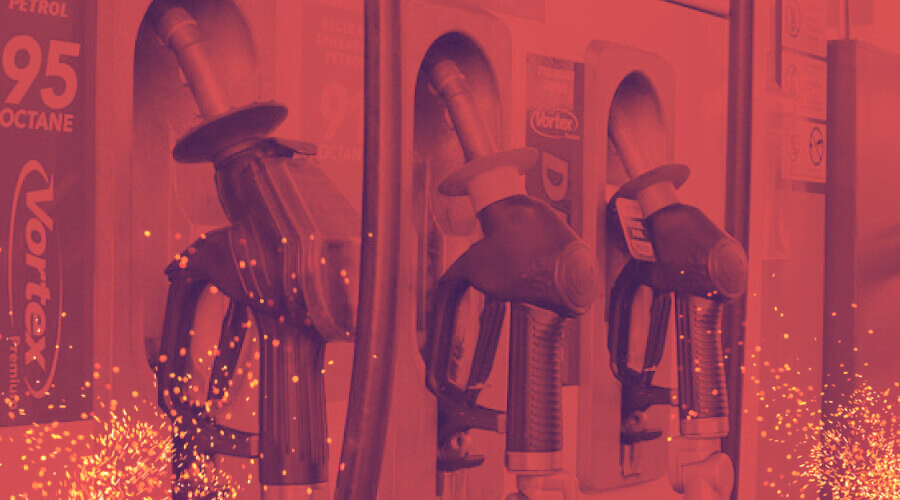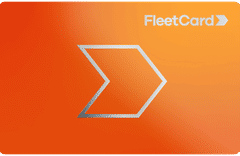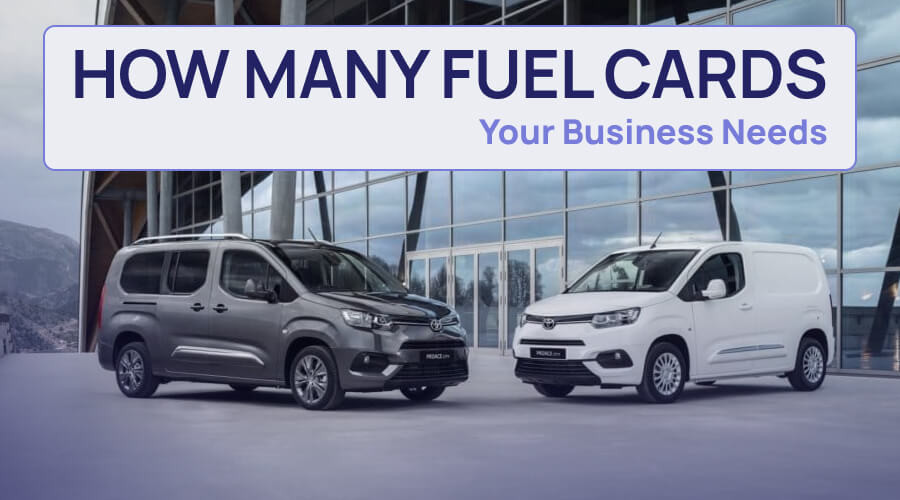Managing fuel expenses is essential for any business that relies on vehicles, whether it’s a small delivery service or a large logistics company. Deciding how many fuel cards your business needs can seem complicated, but it doesn’t have to be. By understanding your fleet size, employee roles, and fuel consumption patterns, you can find the right balance to keep your operations running smoothly and cost-effectively. In this article, we’ll walk you through the key factors to consider, helping you figure out the right number of fuel cards for your business needs.
Summary
- Assess the number of vehicles in your fleet and their fuel consumption patterns.
- Identify which employees need fuel cards based on their roles and responsibilities.
- Regularly review your fleet size and employee turnover.
- Adjust the number of active cards regularly to avoid paying fees for inactive cards.
- Implement spending limits, fuel type restrictions, and usage controls on each card.
Assessing Your Business Needs
Determining how many fuel cards your business needs starts with a good look at your operations. Here’s how to break it down.
- Understanding Fleet Size and Usage: Start by evaluating how many vehicles are in your current fleet, and their fuel consumption patterns. Are some vehicles used more often than others? Knowing this helps in deciding how many cards you’ll need to keep things running smoothly.
- Employee Access: Think about how many employees will need access to fuel cards and what their roles are. Do you have multiple drivers or just a few key people who handle fueling? Making sure each employee who needs a card has one can streamline operations and reduce bottlenecks.
- Geographical Coverage: Make sure you have enough fuel cards to cover all areas where your business operates. If your business spans multiple regions, having enough cards ensures your vehicles can refuel without issues, no matter where they are.
Types of Fuel Cards
When determining how many fuel cards your business needs, you also need to determine the type of card – vehicle or personal.
Vehicle-Specific Cards
These cards are assigned to specific vehicles rather than employees. This makes it easy to keep track of fuel usage and expenses for each vehicle. If you have a dedicated fleet, vehicle-specific cards can help you monitor how much each vehicle is costing you in fuel and make maintenance planning simpler. Plus, they help prevent misuse since the card stays with the vehicle.
Personal Cards
Personal fuel cards are given to individual employees instead of being tied to a vehicle. These are ideal for employees who drive different vehicles or use rental cars for business trips. They offer great flexibility, allowing employees to fuel up whenever and wherever they need. However, because they’re linked to a person and not a vehicle, it’s important to have clear guidelines to make sure they are used appropriately. Regularly checking the expense reports can help keep everything in check.
Fuel-Only vs. Fuel and Convenience Items

Some fuel card providers in Australia, like FleetCard, give you the option between a card for fuel purchases only, or a fuel card you can also purchase convenience items in-store.
- Fuel-Only Cards: These are limited to fuel purchases only, which can help you control expenses and prevent the purchase of non-fuel items.
- Fuel and Convenience Items Cards: These cards can be used for fuel as well as other items like snacks, drinks, or vehicle supplies. They offer more flexibility but require careful monitoring to make sure they’re used correctly.
Managing Growth and Changes
Keeping track of your fuel cards as your business evolves is key to avoiding unnecessary fees and staying efficient.
Monitoring Fleet Expansion
As your fleet grows or shrinks, adjust the number of fuel cards you have. If you’re adding more vehicles, you’ll need more cards. Conversely, if you’re downsizing, be sure to deactivate the cards you no longer need. This helps avoid paying for inactive cards and makes sure you’re only using what’s necessary.
Employee Turnover
Employees come and go, and your fuel cards should reflect that. When new employees start, provide them with a fuel card if they need one. When someone leaves, cancel their card right away. This prevents misuse and stops you from paying fees for cards that aren’t in use. Having a streamlined process for this can save you a lot of hassle.
Seasonal Fluctuations
Your fuel card needs might change with the seasons. If you have busy periods where you hire temporary staff, you’ll need extra cards. During quieter times, reduce the number of active cards to avoid unnecessary costs. Planning for these fluctuations helps make sure you have the right number of cards at all times.
Read more: The Best Fuel Cards for Australian Businesses
Tips for Setting Controls and Managing Limits
Managing fuel cards with the right controls and limits is crucial to keeping everything running smoothly and securely.
Fuel Type Restrictions
Assigning specific fuel types to each card is a simple way to prevent misuse. For example, if a vehicle only uses diesel, you can set the card to only purchase diesel. This prevents drivers from accidentally buying the wrong type of fuel, which can be costly and damaging to your vehicles. It’s a straightforward step that makes sure each card is used correctly, keeping your fleet running smoothly.
Spending Limits
Implementing spending caps on each fuel card helps control expenses and stay within budget. You can set daily, weekly, or monthly limits to ensure that no card overspends. This is particularly useful for preventing unexpected fuel costs and spotting unusual activity quickly. By keeping an eye on spending, you can better manage your fuel budget and ensure you’re not paying more than you should.
Usage Restrictions
Limiting card usage to certain times or locations enhances security and reduces the risk of fraud. For example, you can restrict cards to be used only during business hours or at specific fuel stations. This way, you can be confident that the cards are being used appropriately and for legitimate business purposes. Setting these restrictions helps you maintain control over your fuel expenses and ensures that your resources are used effectively.
Find the Right Fuel Card for Your Business
Take the first step towards better fuel management today. Check your business’s eligibility and find the right provider that fits your needs. Visit fuelcard.report and check out our expert insights that will help you streamline your fuel expenses, boost your business efficiency, and help you get the best deals and features available.
Enquire to save






